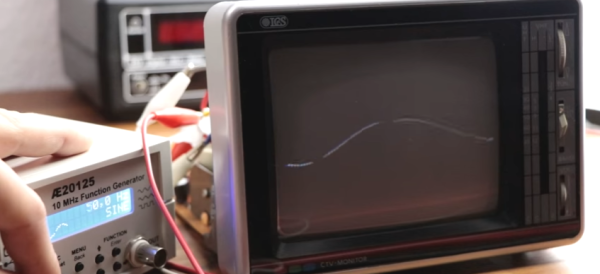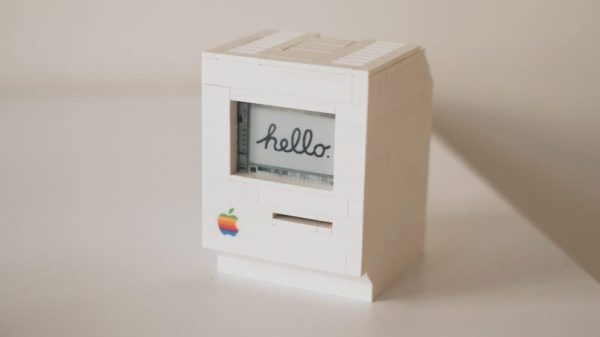It’s sad, when you think about it: a retired railroad telegraph operator, who probably once pounded out code at 40 words per minute, with a collection of vintage sounders silently gathering dust on a shelf. [kthrace] decided to do something about that, and built this Morse sender to bring those old sounders back to life.
As archaic as Morse might seem, it’s a life skill, one the 92-year old former brass-pounder for whom this was built was eager to practice again. There are code practice oscillators, of course, but dits and dahs are no substitutes for the electromagnetic clicks and clacks that once filled this old fellow’s days. There’s not much information on the circuit, but it looks like [kthrace] chose a RedBoard to read Morse from an SD card and drive some relays to support up to four sounders; that’ll make a racket! The case is custom made and nicely complements the wood and brass of the J.H. Bunnell and Co. sounder, which still sounds great after all these years.
Test your Morse skills in the video below – copying code is a lot harder from a sounder than from an oscillator. Find yourself in need of practice? We’ve got you covered.








 [Jannis Hermanns] couldn’t find a reason to control this outburst of nostalgia for the good old days of small, expensive computers and long hours spent clawing through the LEGO bin to find The Perfect Piece to finish a build. It turns out that the computer part of this replica was the easy part — it’s just an e-paper display driven by a Raspberry Pi Zero. Building the case was another matter, though.
[Jannis Hermanns] couldn’t find a reason to control this outburst of nostalgia for the good old days of small, expensive computers and long hours spent clawing through the LEGO bin to find The Perfect Piece to finish a build. It turns out that the computer part of this replica was the easy part — it’s just an e-paper display driven by a Raspberry Pi Zero. Building the case was another matter, though.








